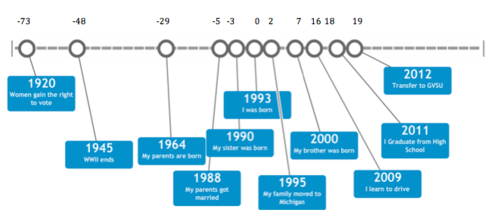Math vs. Stats
This last week in class we talked a lot of statistics and the standards that middle school students have that involve stats. During this time we got into the age old debate of is stats math.
Personally I do not think that stats is math. That may just be because of my terrifying time spent in STA 312. However, I think that if we take a step back and look at the definitions of these words we can see that they really are very different.
Mathematics- the abstract science of number, quantity, and space. Mathematics may be studied in its own right (pure mathematics), or as it is applied to other disciplines such as physics and engineering (applied mathematics)
Statistics- the practice or science of collecting and analyzing numerical data in large quantities, especially for the purpose of inferring proportions in a whole from those in a representative sample.
When we look purely at the definitions we see some similarities as well as some differences. Some similarities are the words science and quantity. The differences are just about everything else. And so when you think about it the only thing math and stats seem to have in common is that they both deal with numbers. So would you say that basketball is the same as football because they both deal with a ball?
While this is something that we often talk about in the math center I figured we couldn't be the only ones and so I found a cool blog post written by a stats grad student about how the world views those with math degrees compared to stats degrees. (Blog) She talks about how she was initially was studying math and then changed to study stats. I think that she makes a lot of good points how how the world differentiates these people. I also think that it is odd how people often say that math and stats are the same thing and yet people said vastly different things when she told them she was studying stats compared to studying math.
However, as much as I know that while those who understand one or the other may say they are vastly different, the rest of the people who do not like or understand math and stats will continue to say they are the same. This being said I know that in most public schools math classes often have a few stats standards that they need to cover as well. And so maybe they aren't so different after all, at least according to the policy makers.



